Some places hold stories within their walls, and World Heritage Sites in Algeria do just that. From Roman ruins to prehistoric art, these places reveal how civilizations rose, thrived, and left behind traces of their existence. These UNESCO Sites in Algeria are more than landmarks; they are reminders of a past that shaped the present.
Al Qal’a of Beni Hammad
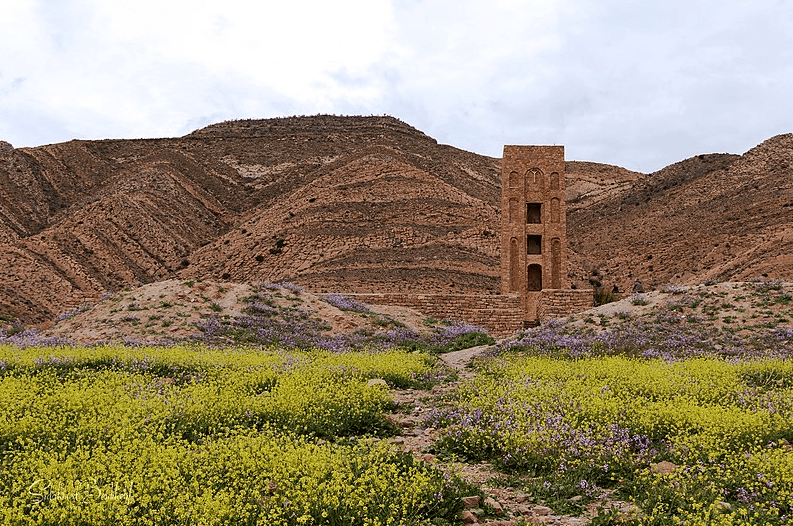
Deep in the mountains, the ruins of Al Qal’a of Beni Hammad stand as a reminder of a once-powerful dynasty. This was the first capital of the Hammadid emirs, built in 1007 and later abandoned in 1152. The city was fortified, designed to withstand attacks while serving as a center of culture and trade.
Today, what remains is a glimpse into a medieval Muslim city. The mosque still stands, its prayer hall large enough to hold thousands of worshippers. The broken walls and scattered stones hint at the grandeur that once existed.
Djémila
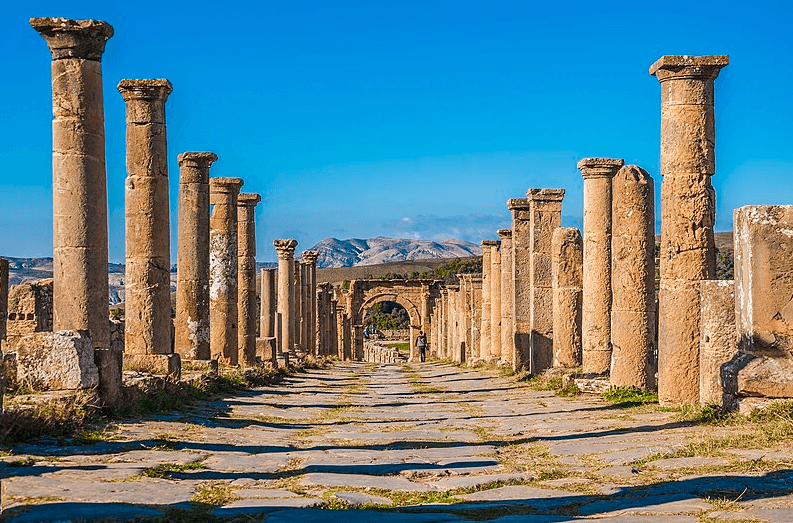
At 900 meters above sea level, Djémila does not look like the typical Roman city. Built in a mountainous landscape, it shows how the Romans adapted their designs to new environments. The city, once called Cuicul, still has its temples, basilicas, and triumphal arches standing.
Walking through Djémila feels like moving through a living history book. The forum, once the heart of political and social life, still stands. The baths, where Romans once gathered, show the importance of daily rituals. The arches and streets follow the same structured layout seen in cities across the empire. But here, surrounded by mountains, it feels different like a civilization carved into the landscape itself.
M’Zab Valley
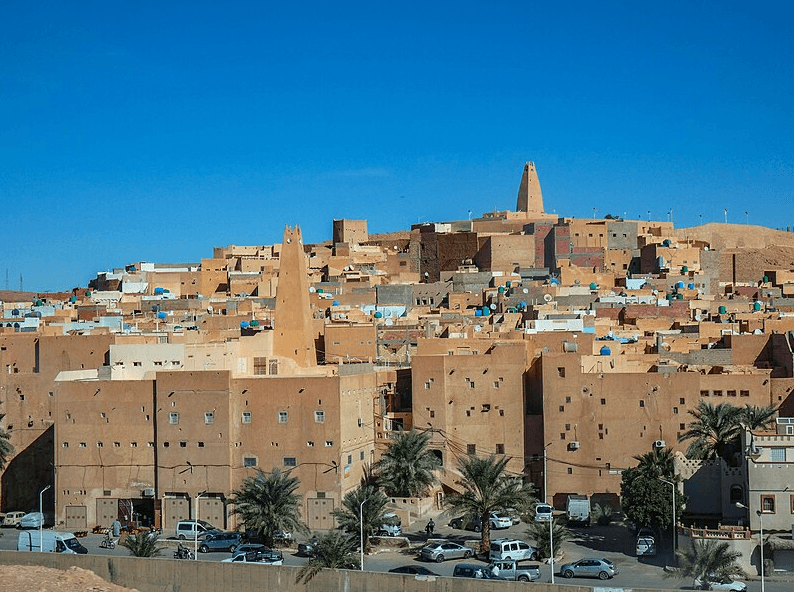
Unlike the grand ruins of the past, M’Zab Valley tells a different story. Built by the Ibadites in the 10th century, this valley was designed for community living. Five fortified towns, called ksour, still stand, each one built to withstand the harsh desert environment.
The architecture is simple and functional. Buildings are clustered together, designed to protect against the heat. The narrow streets create shade, keeping homes cool. Every part of the town was planned with survival in mind, yet there is beauty in the simplicity.
Tassili n’Ajjer
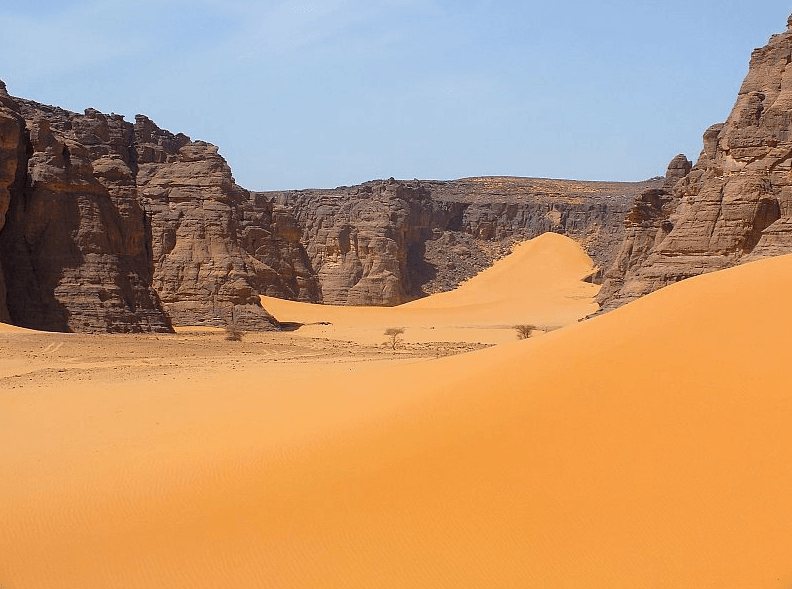
In the Sahara, far from modern cities, Tassili n’Ajjer holds one of the world’s greatest collections of prehistoric rock art. More than 15,000 drawings and engravings cover the rocks, some dating back to 6000 BC. These images tell stories of a time when the Sahara was not a desert but a place of rivers, animals, and people.
The carvings show elephants, giraffes, and cattle; animals that no longer live in this part of the world. They also show people hunting, dancing, and performing rituals. These ancient artists recorded their lives in stone. The landscape itself is just as impressive. The eroded sandstone forms rock pillars and arches creating a scene that looks otherworldly.
Timgad

Built in AD 100 by Emperor Trajan, Timgad was a military colony designed with precision. The entire city was planned in a grid, with streets running perpendicular to each other. This layout is still visible today, even as the ruins crumble.
Timgad was a place of order. The two main streets, the cardo and decumanus, cut through the city, leading to the forum at its center. The theater, still well-preserved, once held thousands of spectators. The remains of houses, baths, and markets show the daily lives of those who lived here.
Tipasa
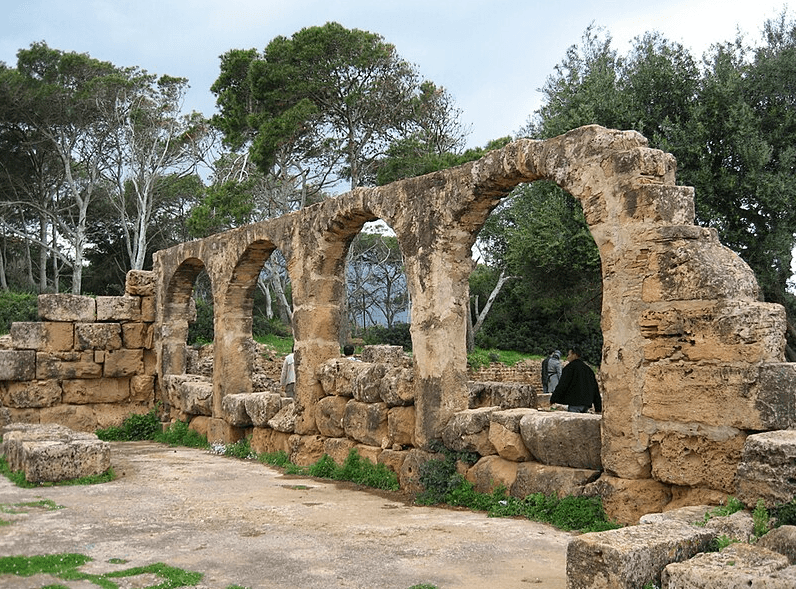
On the Mediterranean coast, Tipasa holds the remains of multiple civilizations. Once a Phoenician trading post, it later became a Roman city before transitioning into a Christian and Byzantine settlement. The ruins here tell a story of conquest and cultural exchange.
The Roman theater and amphitheater still stand, as do the remnants of early Christian basilicas. The site also has a royal mausoleum, believed to be the tomb of a Mauritanian king.
Kasbah of Algiers
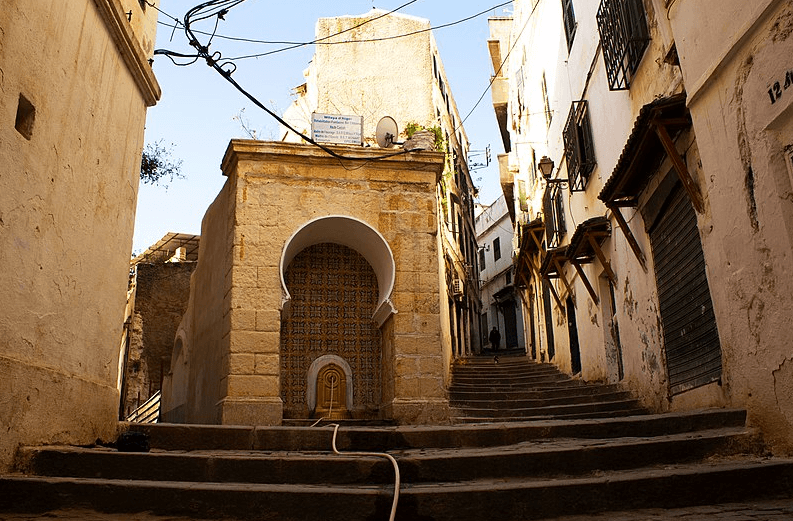
Unlike the ancient ruins scattered across Algeria, the Kasbah of Algiers is a place still filled with life. This old Islamic city stands on the Mediterranean coast, its narrow streets winding between mosques, palaces, and houses.
The Kasbah was once the heart of Algiers. Built on steep slopes, it was designed for defense but also became a center of trade and politics. The Ottoman-style palaces still show their former beauty, while the remains of the citadel hint at the power this city once held.
Want to dive into more ancient wonders? Click here and explore UNESCO sites across the globe!

Leave a Reply